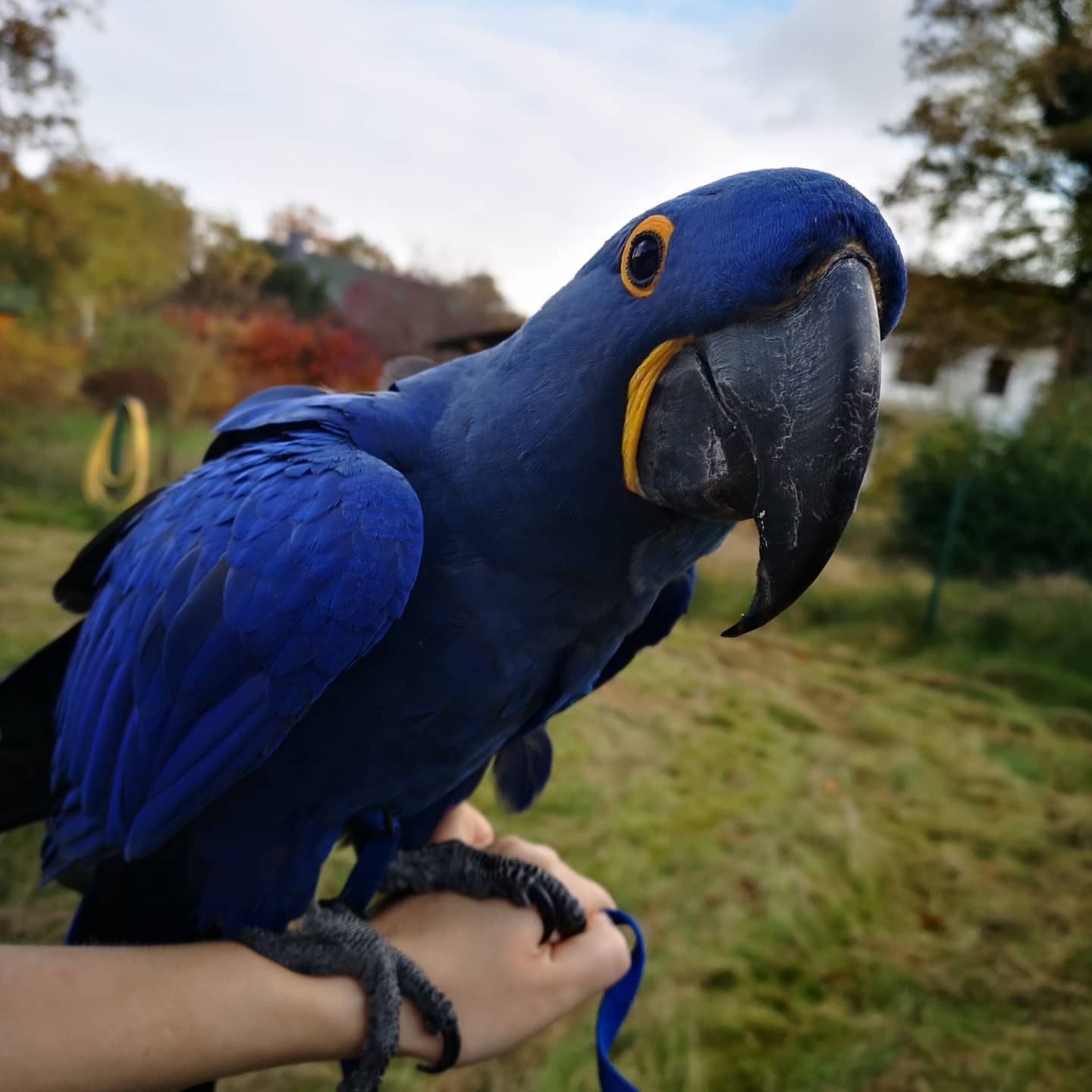17 Reasons Why You Should Beware Of Glaucous Macaw
페이지 정보
Geneva 작성일25-02-26 09:18본문
 Glaucous Macaw
Glaucous MacawThe glaucous macaw is one of the world's rarest birds. It is Critically Endangered, and may be extinct in the wild.
 This bird has been reported by aviculturists from various countries However, the most recent sighting was in 1992. The reported sighting was in southwestern Paraguay close to the city of Corrientes. The bird was male.
This bird has been reported by aviculturists from various countries However, the most recent sighting was in 1992. The reported sighting was in southwestern Paraguay close to the city of Corrientes. The bird was male.Origin
The Glaucous macaw is an endangered parrot species native to South America. This majestic bird is distinguished by its distinctive blue feather pattern and a powerful beak capable of cracking open tough seeds and buy scarlet Macaw nuts. Glaucous Macaws live in monogamous couples and both parents care for the chicks. They feed the chicks a diet of regurgitated food for the first couple of weeks after birth, and later they begin eating solid foods as they develop. Parents also are a key part of teaching young macaws to fly and forage.
The glaucous macaw is considered to be extinct in the wild, but reports of this beautiful bird's existence persist throughout the world. The Glaucous Macaw is believed have been extinct in the 1800s because of the logging industry and cattle grazing in yatay (Butia) palm groves where the birds would gather their food. The glaucous Macaw is believed to be making a comeback and is usually kept with its larger relative, Lear’s macaw.
In terms of habitat The glaucous macaw is able to be found in subtropical forests of South America. They are usually found in areas with abundant palm trees, Buy Scarlet macaw and are thought to be extremely adaptable to various types of forested habitats. These beautiful birds are also known to be extremely territorial and will protect their feeding and nesting areas from trespassers.
There have been a lot of reports involving the glaucous macaw through the years, but they are considered to be unreliable. The most recent claim of a wild occurrence involves an avicultural acquaintance of Ridgely's who claimed to have witnessed four Glaucous macaws in Califomia. This claim is completely unacceptable until it is confirmed by hard evidence. Many experts have concluded that the bird is likely to be extinct since there are no records from the last century. However they have always been willing to accept a slim chance of its survival. If it does survive, it will be extremely uncommon to see large numbers.
Habitat
The Buy Macaw scarlet macaw (just click the up coming web site) with the glaucous is a striking bird that is known for its large size and stunning turquoise-blue coloring. The tail feathers and wings are long, which aids in its fluid and graceful movement. The bird is an emblem of love and loyalty. Its beak, which is primarily black, has a distinct shape and allows it to crack nuts and seeds. They form a large portion of its diI have found are in two works by H.W. Bates' "The Naturalist on Amazons", first published in 1863, describes his 11-year sojourn in Brazil. In his later book "As Birds of the Brazilian Forests" He wrote about the same experience. Both of these refer to the Hyacinthine Macaw (Anodorhynchus aureolarius) however I see no reason to think that they are not applicable to this species.
It is probable that the Glaucous Macaw was a specialist in the consumption of palm nuts, and also consumed other seeds, fruits and vegetable matter in small amounts. The diet of this species is likely to have been affected by the clearing of forests by the early colonists to cultivate and cattle ranching, as well as the felling of the yatay palm (Butia yatay) from which it could have gotten a lot of its food.
In the wild the Glaucous Macaw was found in subtropical forests with mountains and savannahs that were surrounded by palm trees where it nested in tree cavities and on rocky banks or the top of palm fronds. The female incubates and lays two eggs per.
The young Glaucous Macaws are altricial, which means they depend on their parents to care for them until they become fully fledged and can fly. Both the male and female are extremely dedicated to their offspring and continuously hunt for food and defend them from predators.
Unfortunately, the Glaucous macaw isn't found in its former habitat. The disappearance of the magnificent bird is likely to be due to continued trapping for the pet industry, as well as disturbance to habitat, particularly the mass removal of palm yatays that could have been their primary food source. The Glaucous Macaw is classified as Critically Endangered.
Breeding
Glaucous macaws are typically monogamous couples with both parents taking part in raising the young. They breed in the dry season, when food is plentiful. Females lay a clutch of two to three eggs, which are incubated for about 28 days. When the chicks are born, they are fed by their parents through regurgitation for the first few weeks of their lives. Then the young macaws begin to explore their surroundings and learn how to eat themselves. They also learn how to fly and hunt for food.
Like all birds, glaucous macaws are social animals. They are active during daylight hours and rest during the night. In the evening they often seek refuge inside tree cavities or other suitable nesting places. They are extremely vocal and their calls can be heard throughout the forest during the day.
While it is hoped that the species will recover from its decline in the wild, the bird faces numerous threats, including the loss of habitat, illegal trapping for the pet trade and deforestation. It is estimated that there are less than 20 glaucous macaws living in the wild. The IUCN classifies the bird as "Critically Endangered--Possibly Extinct."
The glaucous macaw is also called the Lear's hyacinth macaw cost, or the blue-throated hummingbird, and is distinguished by its vivid blue feathers. It is a large parrot, measuring 70 centimeters long and has a sturdy beak that can break open tough nuts and seeds. This gorgeous bird is native to South America, and it is found in a variety of habitats such as grasslands, forests, dry lowland and wetland.
This magnificent bird is a sign of South American biodiversity. Its elegant appearance is reflected with its slim body, bright blue macaw bird price feathers and its light build. The beak is curved and black, which aids it crack open the seeds and nuts that comprise a large portion of its diet. It's a beautiful bird, and it is often seen in shows featuring birds. It is also popular in captivity, where to buy macaw it can live for a long time.
댓글목록
등록된 댓글이 없습니다.

















